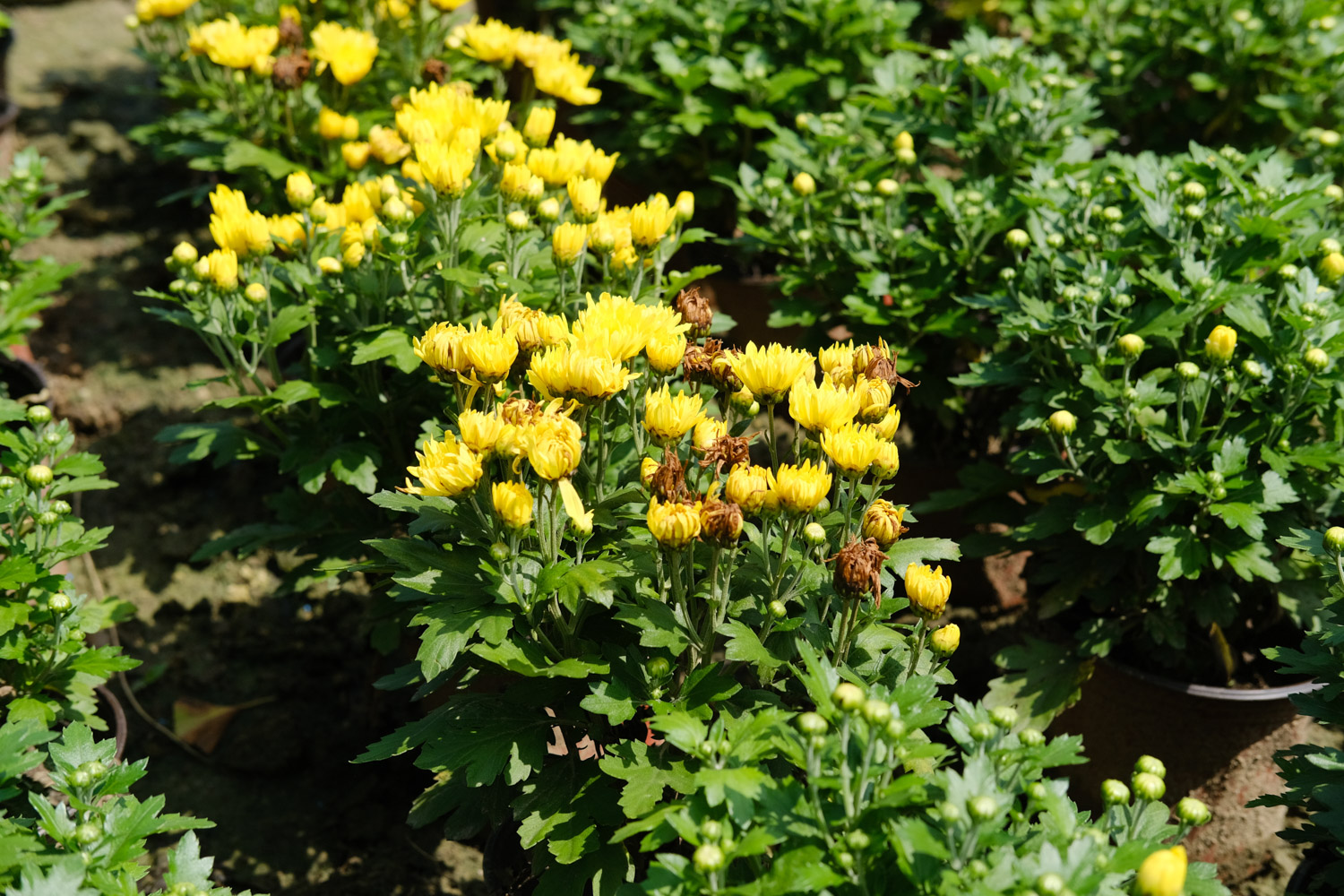1. Basin soil selection
The plant shape of multi headed chrysanthemum is relatively low, and the maximum can only grow to about 80cm, so the flower pot only needs to be medium-sized. Do not use plastic flowerpots. Their poor air permeability is not conducive to plant growth. You can use ceramic flowerpots with drainage holes at the bottom. The sandy soil with good drainage and water retention performance should be selected as the soil, and the culture soil can be prepared by mixing sandy soil, rotten leaf soil and base fertilizer. In addition, after selecting the basin soil, they need to be placed in the sun and exposed to the sun for about 3 days for disinfection and sterilization

2. Illumination
Multi headed chrysanthemum likes light, and sufficient light is conducive to the better growth of multi headed chrysanthemum. Try to keep it able to accept about 8 hours of light every day, but not more than 10 hours. When the sun is strong in summer, move the plant to a semi shady place and take shading measures to avoid burning the plant by the hot sun
3. Temperature
Multi headed chrysanthemums like a warm and cool growth environment. The temperature of the curing environment shall be kept between 15-22 ℃ as far as possible. When the temperature is too high, you can open windows for ventilation, or spray water mist to cool the chrysanthemum every day. When the temperature is too low, move the plant to a warm place indoors for maintenance

4. Watering
Potted cultivation of multi headed chrysanthemum generally requires watering once every 2-3 days to keep the basin soil moist every day. When the weather is cold in winter, wait until the basin soil becomes dry before watering, so as not to freeze the basin soil due to too much water. When watering, it must be watered thoroughly. If it is not watered thoroughly, it is easy to form ponding, resulting in root rot of plants
5. Fertilization
Apply liquid fertilizer every 15 days or so, which is conducive to plant growth. It should be noted that the fertilizer concentration should not be too high to avoid fertilizer damage


 jackfruit
jackfruit snake plant
snake plant hibiscus
hibiscus hydrangea
hydrangea lavender
lavender Green roses climb al...
Green roses climb al... If you don't pay att...
If you don't pay att... Management of four g...
Management of four g...

































